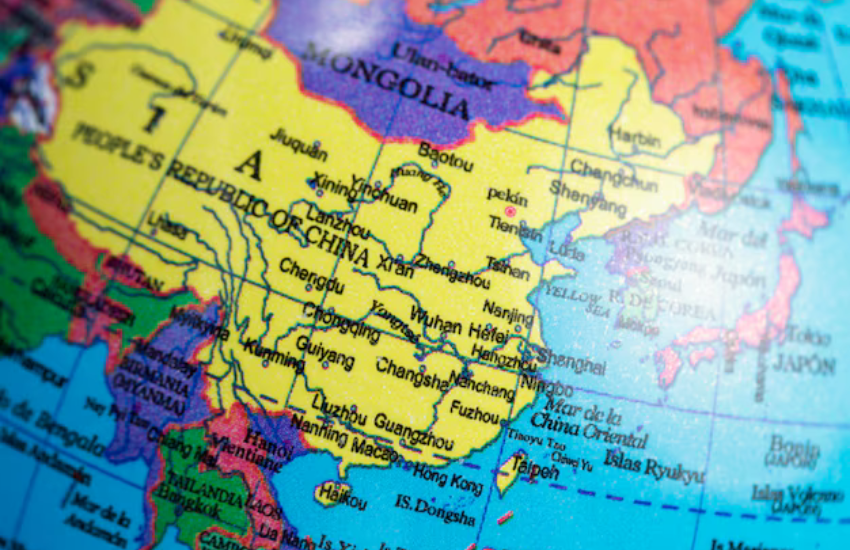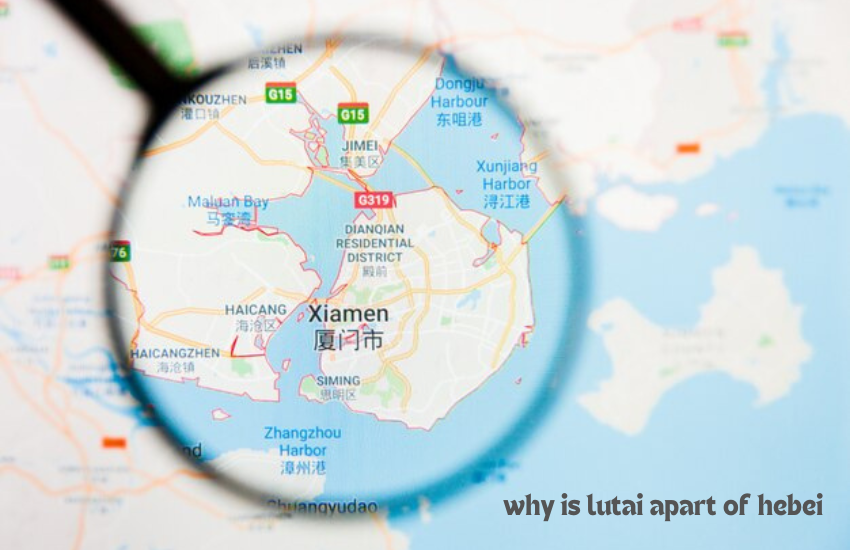Geographical Overview of Lutai
Lutai is strategically located in Hebei province, a northern Chinese region bordering Beijing and Tianjin. It sits at the crossroads of historical trade routes and modern transportation networks, contributing to its lasting importance. The town is nestled within a fertile plain, benefiting from the Hai River system that has sustained local agriculture and trade for centuries.
Historical Overview of Hebei Province
Hebei, whose name translates to “north of the river,” has played a vital role in Chinese civilization. The province’s history stretches back to ancient times, serving as a center of culture, trade, and political power. From the Zhou dynasty to modern China, Hebei has witnessed countless shifts in territorial boundaries and administrative structures, shaping its current identity.
Ancient Roots of Lutai
Lutai in the Zhou Dynasty (1046–256 BCE)
The Zhou dynasty marked the beginnings of Lutai’s historical prominence. As part of a feudal system, the area served as a smaller administrative and agricultural hub within the larger kingdom.
The Warring States Period (475–221 BCE)
During this era, Lutai found itself at the center of conflict between various kingdoms. Its location made it a valuable asset for armies seeking control over northern China.
Lutai During the Imperial Era
Qin Dynasty (221–206 BCE): Unification and Structure
The Qin dynasty unified China and laid the foundation for a centralized government. Lutai was incorporated into the broader administrative region that would eventually become Hebei.
Tang and Song Dynasties: Economic and Cultural Growth
The Tang (618–907 CE) and Song (960–1279 CE) dynasties saw significant economic and cultural development in Lutai. Its integration with Hebei strengthened as trade routes expanded and urbanization increased.

Administrative Changes in the Ming and Qing Dynasties
Ming Dynasty (1368–1644 CE)
During the Ming dynasty, Lutai’s governance was refined under Hebei’s provincial structure. The town became a waypoint for goods moving between Beijing and other major cities.
Qing Dynasty (1644–1912 CE)
The Qing dynasty reinforced Lutai’s administrative ties to Hebei. Maps from this era show clearly defined boundaries that included Lutai within Hebei’s jurisdiction, solidifying its role within the province.
Hebei’s Role in Chinese Historical Development
Hebei has always been more than a political entity; it is a cultural and economic hub. From the Great Wall to the imperial court’s proximity, Hebei’s development influenced how Lutai was integrated.
Lutai as a Gateway to the Capital
Lutai’s location near Beijing made it a critical supply point during both war and peace. Its infrastructure contributed to Hebei’s overall strategic importance.
Integration of Lutai into Hebei Province
The integration of Lutai into Hebei was not arbitrary but the result of centuries of political decisions, economic dependencies, and cultural ties. This section examines the historical and administrative processes that defined this relationship.
Historical Records and Administrative Boundaries
Early Mapping Efforts
The earliest maps of China indicate Lutai’s alignment with Hebei as far back as the Han dynasty. This alignment was reinforced through various historical events and reforms.
Local Governance Evolution
As governance structures evolved, Lutai was consistently categorized within Hebei’s jurisdiction, owing to its geographical proximity and economic interdependence.
Economic Ties Between Lutai and Hebei
Lutai has long benefited from Hebei’s thriving economy. The region’s agricultural output, trade networks, and industrial growth have cemented Lutai’s place within Hebei’s economic framework.
Lutai in the Modern Era
Modern times have seen Lutai grow alongside Hebei, adapting to changing political landscapes and economic opportunities.
Urbanization and Development in Hebei
As Hebei modernized, Lutai transitioned from a small town to a bustling node in the province’s urban network. Infrastructure improvements further integrated Lutai into Hebei’s economic and administrative systems.
Lutai’s Contributions to Hebei’s Cultural Heritage
Lutai boasts unique traditions and historical landmarks that contribute to Hebei’s rich cultural tapestry. From ancient temples to festivals, Lutai’s heritage is a microcosm of Hebei’s broader identity.
Political and Administrative Significance of Lutai
Hebei’s political strategy has always prioritized integrating key towns like Lutai. This strategy ensures administrative efficiency and fosters a sense of unity within the province.

Why Lutai’s Connection to Hebei Persists
Lutai remains part of Hebei due to historical precedent, geographic logic, and administrative stability. Its integration reflects centuries of careful planning and cultural alignment.
FAQs
- What makes Lutai geographically significant in Hebei?
Lutai’s location near major trade routes and its proximity to Beijing enhance its strategic importance. - When did Lutai officially become part of Hebei?
Lutai has been administratively linked to Hebei since ancient times, with official records dating back to the Han dynasty. - What cultural contributions does Lutai offer to Hebei?
Lutai contributes festivals, historical sites, and unique traditions that enrich Hebei’s cultural landscape. - How has Lutai benefited from its association with Hebei?
Lutai has gained economic and infrastructural support, fostering its growth and development. - What role does Lutai play in Hebei’s modern economy?
Lutai serves as a hub for transportation, agriculture, and small-scale industries, contributing significantly to Hebei’s economy. - Why hasn’t Lutai been reassigned to a different province?
Historical, economic, and administrative factors make its connection to Hebei logical and practical.
Conclusion
Lutai’s inclusion in Hebei is a testament to the province’s enduring historical, cultural, and administrative coherence. By exploring the reasons behind this connection, we gain a deeper appreciation for the intricate processes that have shaped China’s regional identities.


